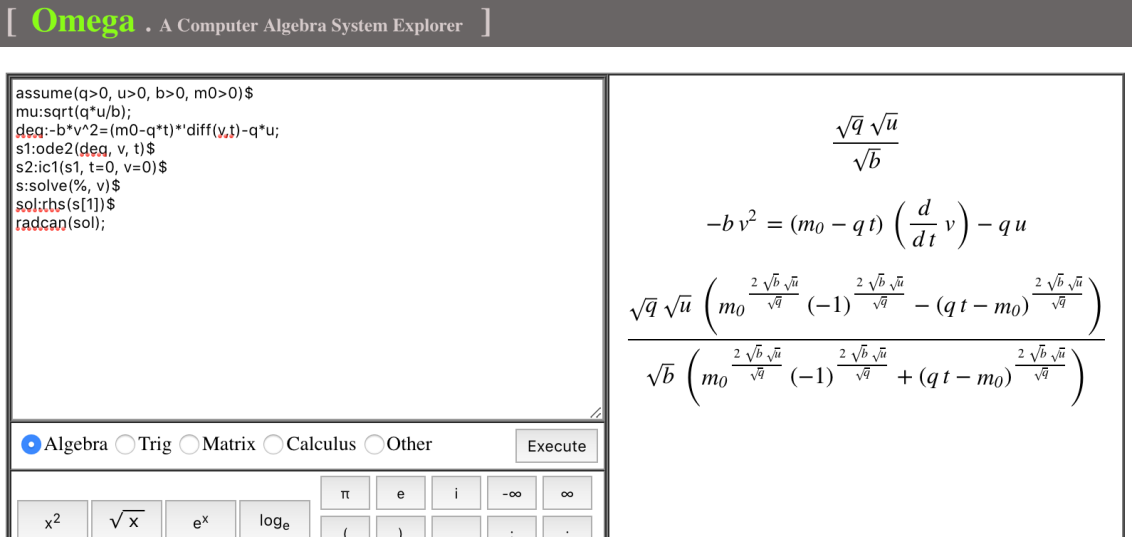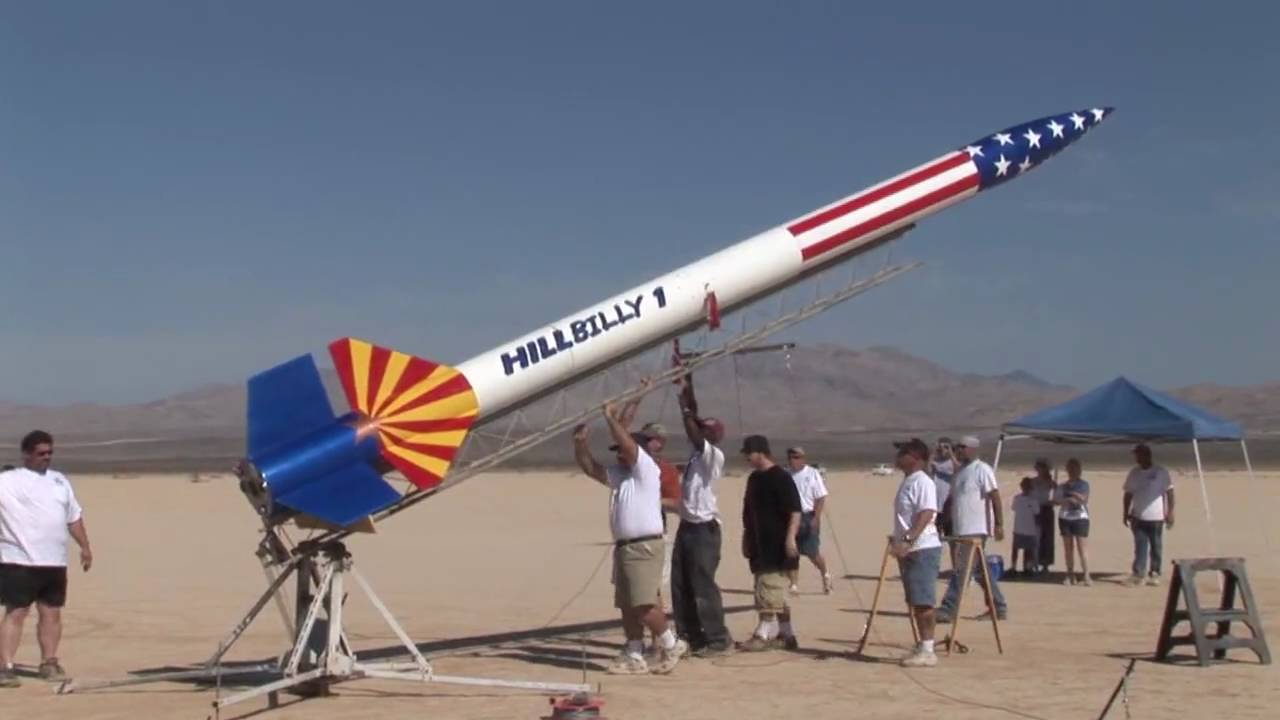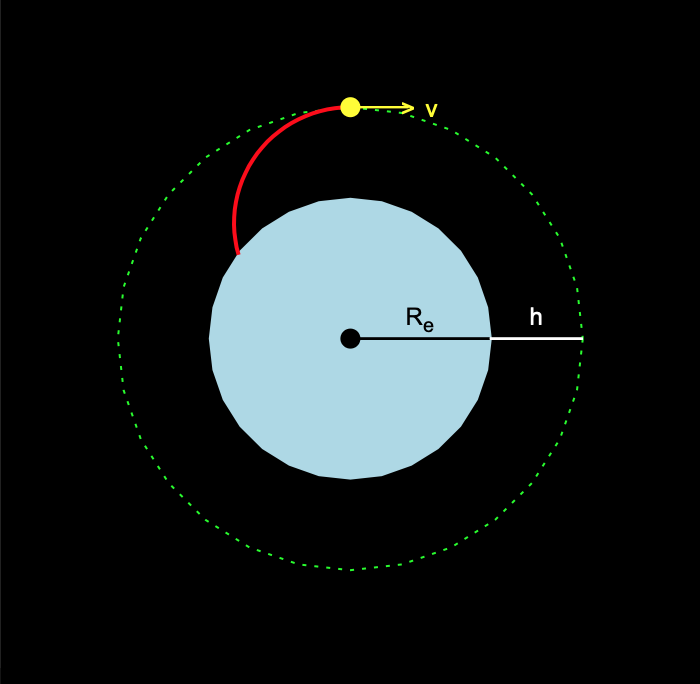
A single rocket expels its propellant at a constant rate .
Assuming constant gravity is the only external force, show that the equation of motion is
where is the rocket’s speed,
the speed of the propellant relative to the rocket,
the payload mass, and
the initial rocket mass.
If the rocket burn is continuous, show that the burn time is and deduce that the final speed given to the payload is
where is the structural factor of the rocket.
Estimate the percentage reduction in the predicted final speed due to the inclusion of the gravity term if
, and
.
Find an expression for the height reached by the rocket during the burn and estimate its value using the data above.
Let’s recall the governing equation of rocket’s flight derived in “Viva Rocketry! Part 1“, namely,
.
In the present context, . It implies that
and,
.
With , we have
,
i.e.,
or
.
The structural factor indicates the amount of fuel is
. Since the fuel is burnt at a constant rate
, it must be true that at burnt out time
,
.
Therefore,
.
The solution to initial-value problem
tells the speed of the rocket during its flight while fuel is burnt (see Fig. 1):
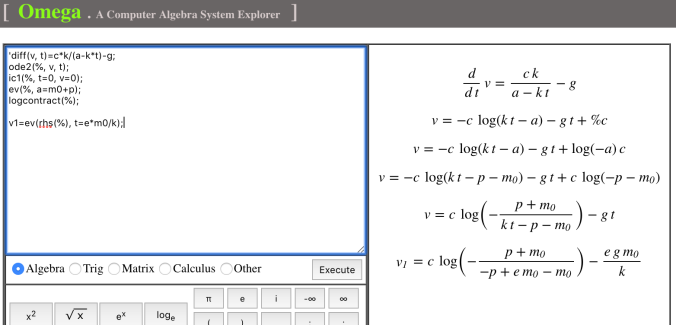
Fig. 1
Evaluate (1) at burnt out time gives the final speed of the payload:
Notice the first term of (2) is the burnt out velocity without gravity (see “Viva Rocketry! Part 1“)
It follows that the percentage reduction in the predicted final speed due to the inclusion of gravity is
Using the given values which are typical, the estimated value of (3) (see Fig. 2) is
.

Fig. 2
This shows the results obtained without taking gravity into consideration can be regarded as a reasonable approximation and the characteristics of rocket flight indicated in “Viva Rocketry! Part 1” are valid.
Since , (1) can be written as
To find the distance travelled while the fuel is burnt, we solve yet another initial-value problem:
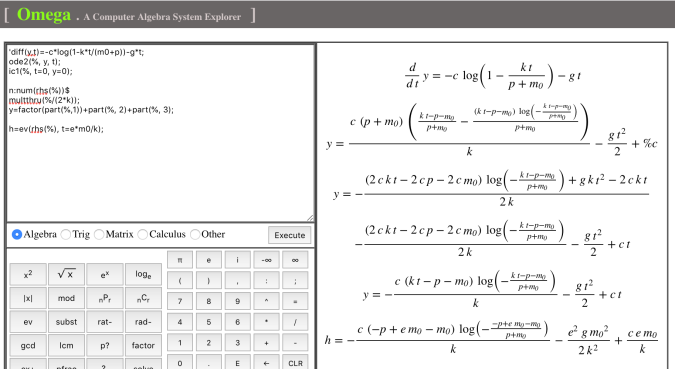
Fig. 3
The solution (see Fig. 3) is
.
Hence, the height reached at the burnt out time is
.
Using the given values, we estimate that (see Fig. 4)

Fig. 4
Exercise 1: Find the distance the rocket travelled while the fuel is burnt by solving the following initial-value problem:


